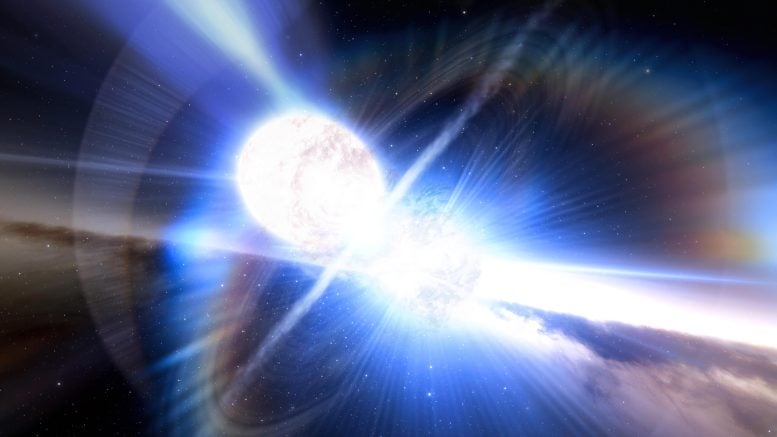
This artist’s impression shows a kilonova produced by two colliding neutron stars. While studying the aftermath of a long gamma-ray burst (GRB), two independent teams of astronomers using a host of telescopes in space and on Earth have uncovered the unexpected hallmarks of a kilonova, the colossal explosion triggered by colliding neutron stars. Credit: NOIRLab/NSF/AURA/J. da Silva/Spaceengine
The NASA Neil Gehrels Swift Observatory, whose Mission Operations Center is located at Penn State University, discovered a blast of high-energy light from a galaxy around 1 billion light-years away on December 11, 2021. The event, which was also picked up by the Fermi Gamma-ray Space Telescope, calls into question what was previously believed to be settled science concerning gamma-ray bursts (GRBs), the most energetic explosions in the cosmos.
“It was something we had never seen before,” said Simone Dichiara, assistant research professor of astronomy and astrophysics at Penn State and member of the Swift team. “We knew it wasn’t associated with a supernova, the death of a massive star because it was too close. It was a completely different kind of optical signal, one that we associate with a kilonova, the explosion triggered by colliding neutron stars.”
The Swift team was able to rapidly identify the explosion’s location, in the constellation Boötes, enabling other facilities to quickly respond with follow-up observations. Their observations have provided the earliest look yet at the first stages of a kilonova, according to a NASA release. Their findings were recently published in the journal Nature.
Gamma-ray bursts come in two varieties: long and short. Scientists previously understood long GRBs, which last a couple of seconds to one minute, as forming when a supermassive star explodes as a supernova. Short GRBs, which last less than two seconds, were previously thought to only occur when two compact objects — like two neutron stars or a neutron star and a black hole — collide to form a kilonova.
The revelation that a kilonova could trigger a long gamma-ray burst rewrites the decades-long paradigm of cosmic explosions: that long GRBs are strictly the signature of the death of massive stars, Dichiara explained. The discovery means not all long GRBs are made by supernovae, some are produced by the merger of neutron stars.
“This event was a game-changer that showed to us how our well-established knowledge of the universe was in fact only a partial and incomplete view,” said Eleonora Troja, an astronomer at the University of Rome Tor Vergata and lead author on the paper. “This result was hard to digest at first and we spent months trying to figure out alternative explanations, but in the end, this is the only one that works well. Although we have been studying GRBs for decades, it is awesome to see how the universe can surprise us in the most unexpected ways.”
Reference: “A nearby long gamma-ray burst from a merger of compact objects” by E. Troja, C. L. Fryer, B. O’Connor, G. Ryan, S. Dichiara, A. Kumar, N. Ito, R. Gupta, R. T. Wollaeger, J. P. Norris, N. Kawai, N. R. Butler, A. Aryan, K. Misra, R. Hosokawa, K. L. Murata, M. Niwano, S. B. Pandey, A. Kutyrev, H. J. van Eerten, E. A. Chase, Y.-D. Hu, M. D. Caballero-Garcia and A. J. Castro-Tirado, 7 December 2022, Nature.
DOI: 10.1038/s41586-022-05327-3
The study was funded by the European Research Council through the Consolidator grant BHianca and by the National Science Foundation.

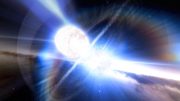
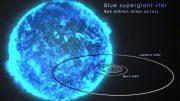
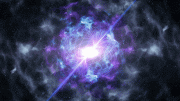
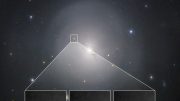
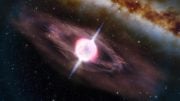
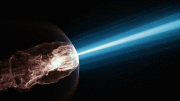
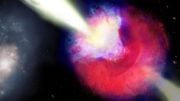
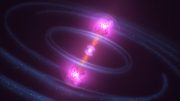
Be the first to comment on "“Something We Had Never Seen Before” – Unusual Cosmic Explosion Blasts Hole in Established Science"